Former Hewlett-Packard program planner Tom Kendrick, now a program director for project management and agile management at UC Berkeley, invites you onto his “complex program management” playing field. He breaks this process down into manageable parts, from “program initiation” to “program closure.” He calls upon his experience at HP to brighten your journey with examples, templates and lessons learned. Kendrick offers excellent preparation for mastering complex programs, though some lengthy chapters are a challenge. getAbstract recommends his manual to project managers looking to become program managers, to program managers seeking more input and to line managers interested in a career development challenge.
“Program Management”
According to the Project Management Institute, a program is “a group of related projects…managed in a coordinated way.” Successful project managers build on their experience and best practices to excel as program managers. Programs are larger than projects, but a small program and a big project may overlap. Stakeholders farther up in a corporate hierarchy usually initiate and sponsor programs to solve major problems or to find new, strategic opportunities. For example, a program may consist of developing a major new software platform or pursuing corporate reorganization. Programs last longer than projects, and involve more staff members and stakeholders as well as substantial funding. According to one framework, developed by expert David J. Snowden, project management tackles “obvious” or “complicated problems” and program management targets “complex problems” that lack obvious solutions. His framework – which he called “Cynefin,” a Welsh word that means “habitat” – also addresses “chaotic” and “disordered problems” that go beyond the scope of program management because they lack structure and are very difficult to resolve.
Program management goes...
Tom Kendrick, a former program planner at Hewlett-Packard, is now program director for project management and agile management at UC Berkeley.










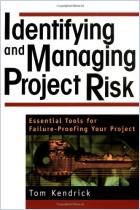
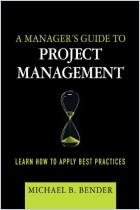
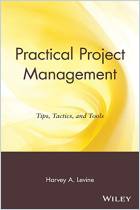
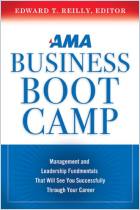

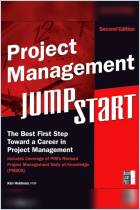
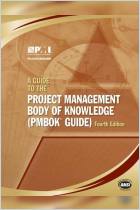



Comment on this summary or 开始讨论